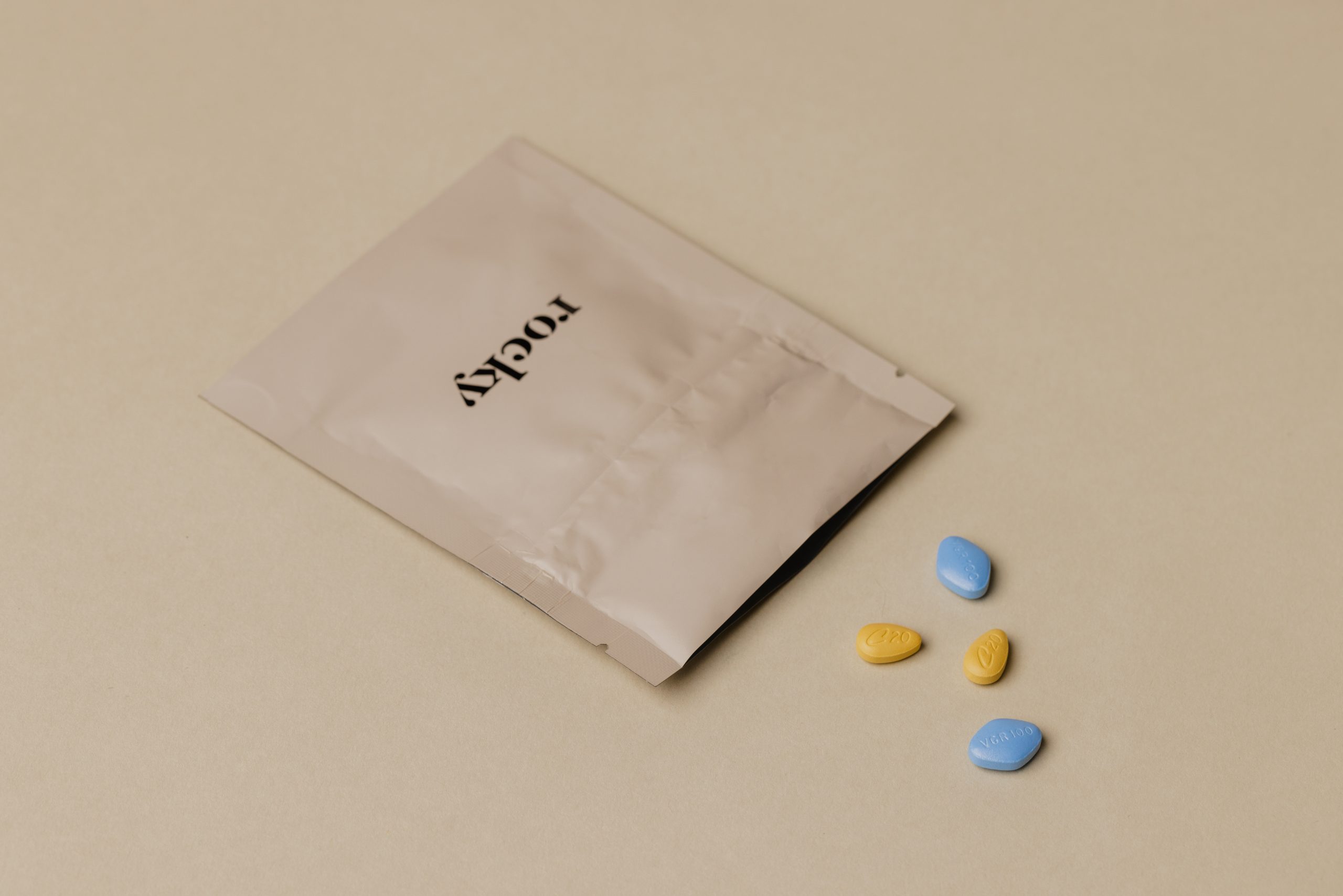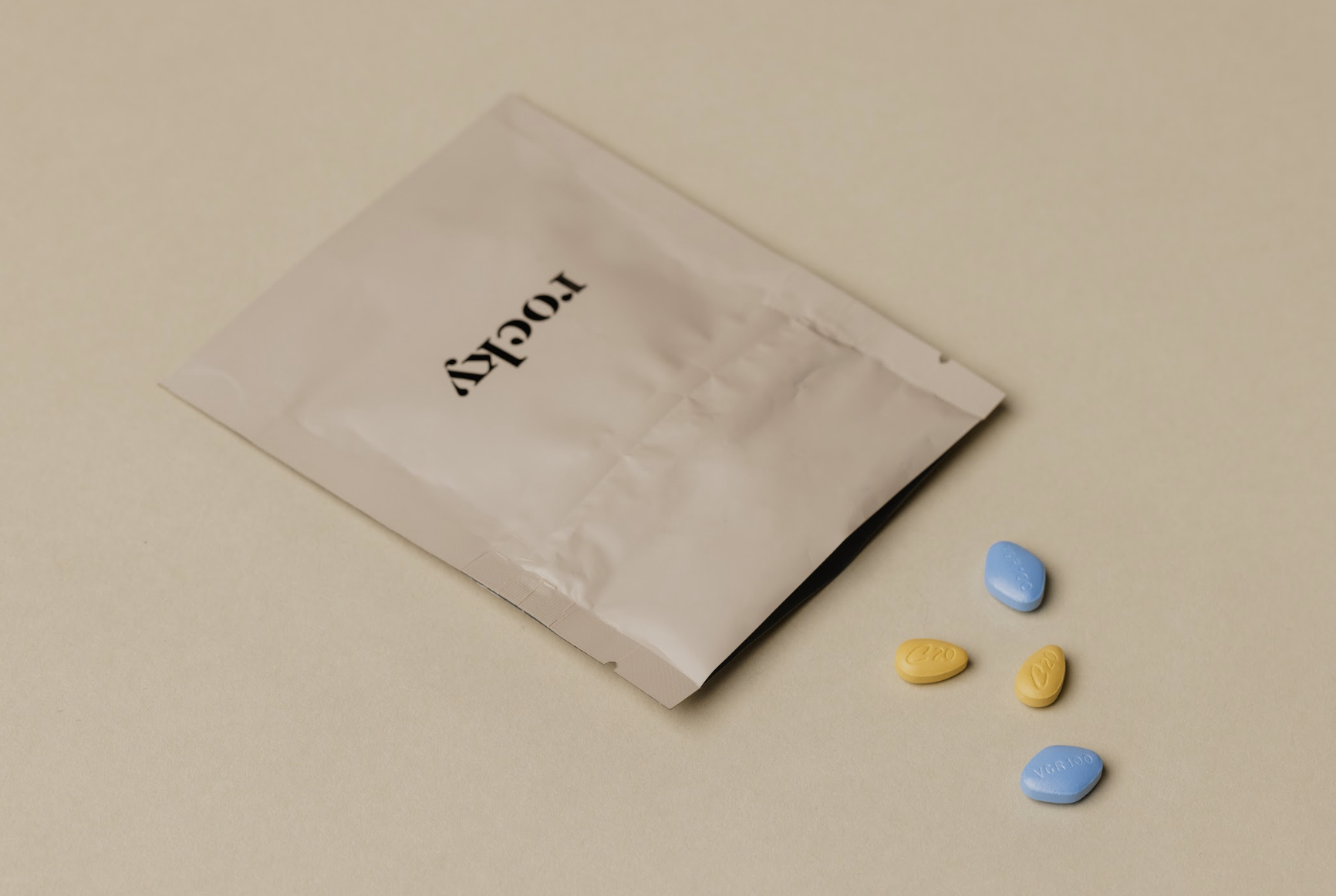Erectile dysfunction (ED) affects many men in Canada, but knowing your treatment options can help you regain confidence and enhance the quality of your sex life.
This comprehensive overview explores the various medications approved for ED in Canada, how they work, and what to expect when considering these treatments. Whether you’re newly diagnosed or curious about ED, this guide will provide valuable insights that you, along with your healthcare provider, can use to help you make informed decisions about your health.
ED Statistics Canada
According to a study conducted by primary care physicians in Canada[1], ED affects an estimated 3 million Canadian men over the age of 40. Per the Canadian Study of Erectile Dysfunction[2], there’s also a higher prevalence and severity of ED associated with men and aging.
A widely cited study is the Massachusetts Male Aging Study (MMAS), which found that erectile dysfunction affected about 52% of men aged 40–70, with prevalence increasing with age. More recent summaries often translate this into the shorthand that about 1 in 4 men experience ED overall across their lifetime[3].
This means that ED is more common than many people realize. Seeking support through lifestyle changes, medical advice, or ED medication is completely normal and nothing to be ashamed of.
Consult with a healthcare practitioner today to see which ED medication may be right for you.
What ED Is and Isn’t
Let’s take a closer look at what ED is and isn’t to clear up some common misconceptions.
ED is difficulty getting or maintaining an erection that is firm enough for sexual activity.
ED is not:
- A guarantee that you’ll never get hard. Many men with ED can still get an erection occasionally without medication.
- Occasional difficulty. Stress, fatigue, alcohol/substance use, or emotional challenges can temporarily affect performance.
- Always permanent. For some, it’s temporary and linked to reversible factors like stress or sleep.
- Low libido. Reduced sexual desire can share causes with ED, but it’s a separate issue.
- About ejaculation. Men with ED can often still ejaculate.
- Purely physical. Psychological factors (anxiety, depression, relationship issues) can contribute.
- Only an older man’s issue. ED can affect adults of any age.
- The same for everyone. Presentations vary widely across individuals.
- Untreatable or a reflection of masculinity/self-worth. ED has many causes and effective treatments.
Temporary Versus Long-Term ED
ED can be temporary or long-term depending on its underlying causes. Temporary ED is often linked to factors like stress, mental health issues, fatigue, alcohol use, or certain medications and may resolve once these issues are addressed.
Long-term or chronic ED is usually caused by medical conditions such as diabetes, cardiovascular disease, or nerve damage, and it typically requires ongoing management or treatment. Consulting a healthcare professional can help determine the nature of your ED and the best approach to treatment.
ED Medication Options
ED can be managed through several treatment approaches, including ED medication, but the most important first step is to speak with a healthcare professional. Based on the root cause of your symptoms, the provider might suggest one specific therapy or a tailored combination of options to improve your condition.
According to the Canadian Urological Association Guideline on Erectile Dysfunction[4], treatment options for ED may include one or more of the following medications:
Oral Medications
Oral medications enhance blood flow to the penis and are typically the first choice for treating ED.
ED medications available in Canada include:
- Viagra® (Sildenafil)
- Cialis® (Tadalafil)
- Levitra (Vardenafil)

Viagra® (Sildenafil)
Originally approved for: ED in adult men.
How it works: Sildenafil is a phosphodiesterase type 5 (PDE5) inhibitor. It helps relax blood vessels in the penis, increasing blood flow to support an erection when sexually stimulated.
Typical use: Taken orally, usually 30–60 minutes before sexual activity.
Dosage: Commonly 25 mg, 50 mg, or 100 mg tablets. Dosage is individualized based on effectiveness and tolerance.
Benefits: Can help achieve and maintain an erection sufficient for sexual activity.
Side effects: Common side effects can include headache, flushing, dizziness, upset stomach, nasal congestion, or changes in vision.
Safety considerations: Do not combine with nitrates used for chest pain due to risk of dangerous drops in blood pressure. Consult a healthcare provider about other medications and medical conditions before use.

Cialis® (Tadalafil)
Originally approved for: ED and benign prostatic hyperplasia (BPH) in adult men.
How it works: Like other PDE5 inhibitors, Tadalafil relaxes blood vessels in the penis to increase blood flow and support an erection with sexual stimulation.
Typical use: Taken orally; can be used as needed before sexual activity or daily at a lower dose for continuous effect.
Dosage: Commonly 5 mg, 10 mg, or 20 mg tablets. Daily dosing is usually 2.5–5 mg.
Benefits: Long duration of action—up to 36 hours—allowing for more spontaneity.
Side effects: Common side effects can include headache, flushing, back pain, muscle aches, nasal congestion, or indigestion.
Safety considerations: Avoid nitrates and discuss other medications or heart conditions with a healthcare provider.

Levitra (Vardenafil)
Originally approved for: ED in adult men.
How it works: Vardenafil is a PDE5 inhibitor that increases blood flow to the penis during sexual stimulation.
Typical use: Taken orally about 30–60 minutes before sexual activity.
Dosage: Usually 5 mg, 10 mg, or 20 mg tablets. Dose may be adjusted based on effectiveness and tolerance.
Benefits: Helps achieve and maintain an erection suitable for sexual activity.
Side effects: Common side effects can include headache, flushing, dizziness, upset stomach, or vision changes.
Safety considerations: Should not be used with nitrates. Consult a healthcare provider about other medications and medical conditions before use.
Note: These drugs are available through pharmacies and online services like Rocky Health, which offer consultations and discreet delivery.
ED Drug Side Effects and Risks
Viagra® (Sildenafil), Cialis® (Tadalafil), and Levitra (Vardenafil) are all safe and effective for treating ED when taken as prescribed, but it’s important to be aware of potential side effects, drug interactions, and risks.
Nitrates, often prescribed for chest pain or heart conditions, can cause dangerous drops in blood pressure when taken with ED medications. Other interactions may occur with alpha-blockers, blood pressure medications, and some antifungal or antibiotic drugs.
Side effects can include headaches, flushing, dizziness, and vision changes. It’s important to discuss your full medical history and current medications with a healthcare provider before starting ED treatment to ensure safety and effectiveness.
ED Medication: Key Takeaways
ED is a common and treatable condition, and safe, effective options are available in Canada. By learning about different ED medications and how they work, you can take an active role in improving your sexual health.
Always consult a healthcare provider before starting any ED treatment. A medical professional can help determine the most appropriate and safe option based on your individual health and medical history.

Wondering which ED medication suits you best? Take our online quiz at Rocky Health, and we’ll connect you with a healthcare practitioner to help you get started.
References
- Grover, S. A., I. Lowensteyn, M. Kaouache, et al. “The Prevalence of Erectile Dysfunction in the Primary Care Setting: Importance of Risk Factors for Diabetes and Vascular Disease.” Archives of Internal Medicine, vol. 166, 2006, pp. 213–219.
- “Effectiveness and Tolerability of Liraglutide Among Type 2 Diabetes Patients: A 1-Year Observational Study.” Canadian Journal of Diabetes, vol. 37, no. 1, 2013, pp. 1–8. Elsevier. Accessed 17 Aug. 2025.
- Feldman, H. A., et al. “Impotence and Its Medical and Psychosocial Correlates: Results of the Massachusetts Male Aging Study.” Journal of Urology, vol. 151, no. 1, 1994, pp. 54–61.
- Canadian Urological Association. Erectile Dysfunction: CUA Guideline . 2021.
Disclaimer: This article is intended for informational purposes only and is not a substitute for professional medical advice, diagnosis, or treatment. Always consult your healthcare provider with any questions about a medical condition or treatment.
Editorial Standards: At Rocky Health, we’ve made it our mission to support men and women with trustworthy, easy-to-understand medical and health information online.
Read more about our editorial standards here.



